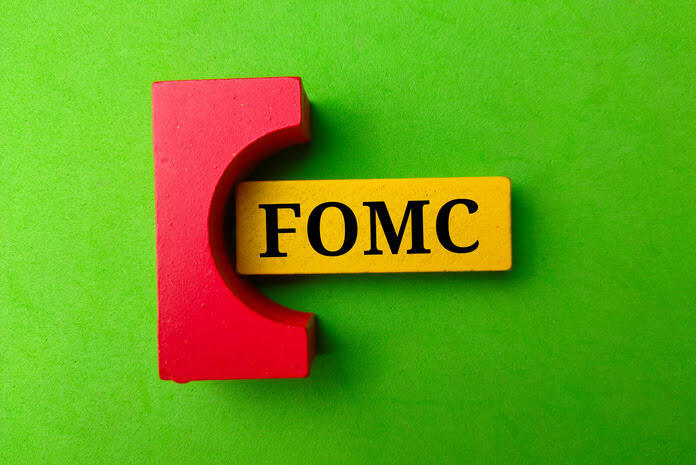Market sentiment has shifted dramatically, with expectations for a rate hike at the next FOMC meeting effectively reduced to zero. The upcoming FOMC meeting scheduled for next Tuesday and Wednesday (Oct 31-Nov 1) is not anticipated to result in an increase in the funds rate target by +25 basis points. This assessment is reflected in the pricing of the November federal fund futures contract (ZQX23), which is currently trading at 5.33%, mirroring the current effective federal funds rate.
A mere couple of months ago, in August, the markets were assigning a 62% probability of a rate hike at the upcoming meeting. The primary reason for this change in sentiment is the remarkable increase in the 10-year Treasury note yield since August, rising by approximately +70 basis points to reach a 16-year high. This surge in long-term interest rates, including mortgage rates, auto loan rates, and corporate financing rates, has effectively achieved some of the tightening effects that a rate hike would have.
Numerous Federal Reserve officials have explicitly cited the substantial increase in T-note yields as a key factor behind their preference for no changes in the funds rate next week. Nevertheless, it’s important to note that the markets are not entirely convinced that the Fed’s rate-hiking cycle has concluded. The federal funds futures curve currently peaks at 5.41% for the February 2024 contract, implying an expected +8 basis point rate hike from the current effective federal funds rate of 5.33%. This corresponds to a 32% chance of a Fed +25 basis point rate hike in early 2024.
Despite the reduced likelihood of a rate hike, the markets still leave room for the possibility of one more rate increase. This is due to the ongoing strength of the U.S. economy, with robust payroll growth over the past three months, including a September figure of 336,000, indicating that U.S. businesses remain optimistic and continue to hire new employees. Furthermore, the U.S. Q3 GDP report, showing a growth rate of +4.9%, was notably strong.
On the inflation front, the PCE deflator, the Fed’s preferred measure of inflation, remained elevated at +3.5% in August on a nominal basis and +3.9% on a core basis, both significantly above the Fed’s +2% inflation target. The inflation outlook has recently strengthened due to sustained economic strength and external factors such as the Israel-Hamas conflict, which has driven up oil and gasoline prices.
However, despite these inflationary pressures and economic strength, the markets anticipate that the Fed may be compelled to cut interest rates starting in mid-2024 due to a potential deterioration in the U.S. economy. Market consensus suggests that U.S. GDP growth may be only modestly positive in the first half of 2024, with Q1 growth at +0.2% (quarter-to-quarter annualized) and Q2 growth at +0.5%. Expectations then point to a gradual recovery in U.S. GDP growth in the second half of 2024, with Q3 growth at +1.3% and Q4 growth at +1.7%.
In response to this scenario of a weakening economy, the markets are pricing in expectations of the Fed cutting its funds rate target by -61 basis points to 4.72% by the end of 2024 and an overall reduction of -93 basis points to 4.40% by the end of 2025.
Featured Image: Freepik









